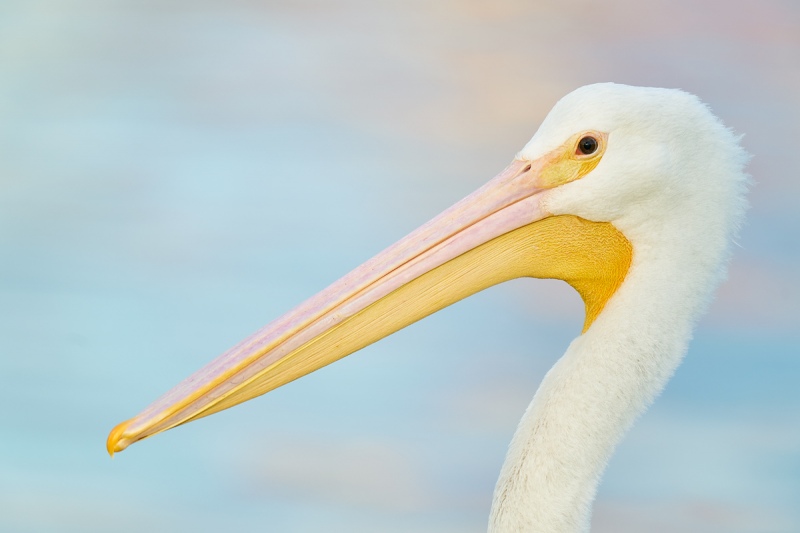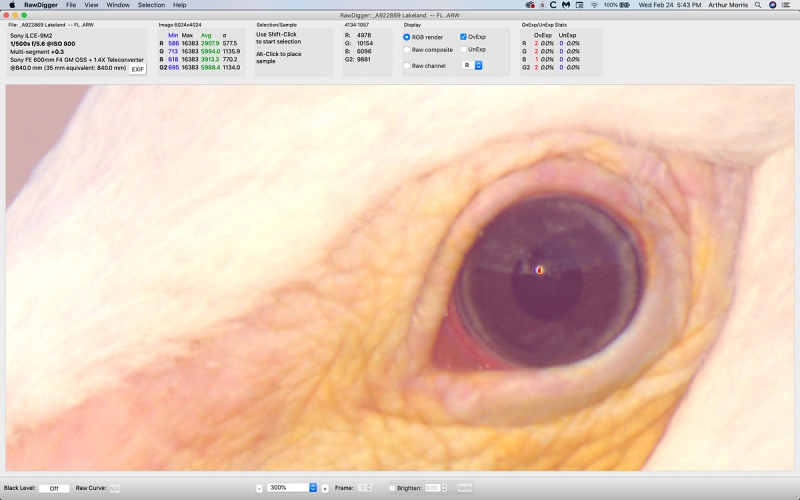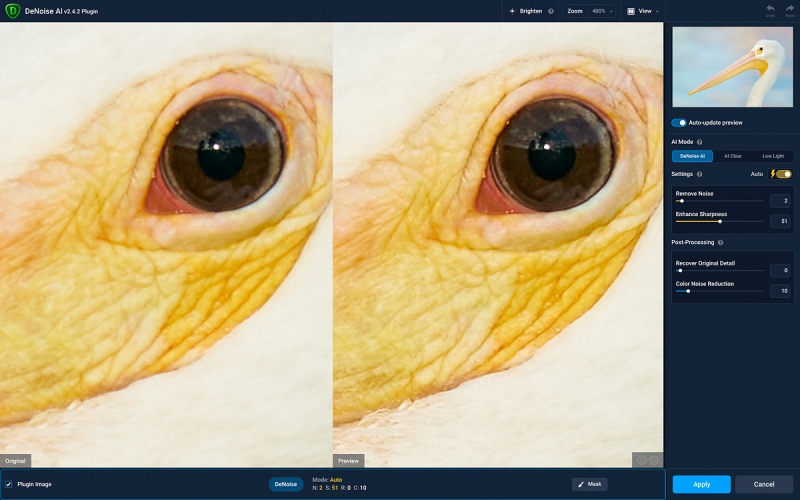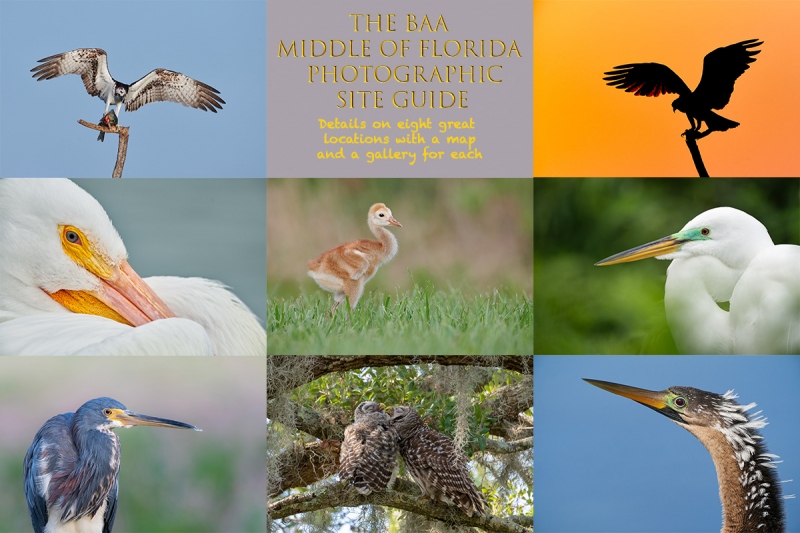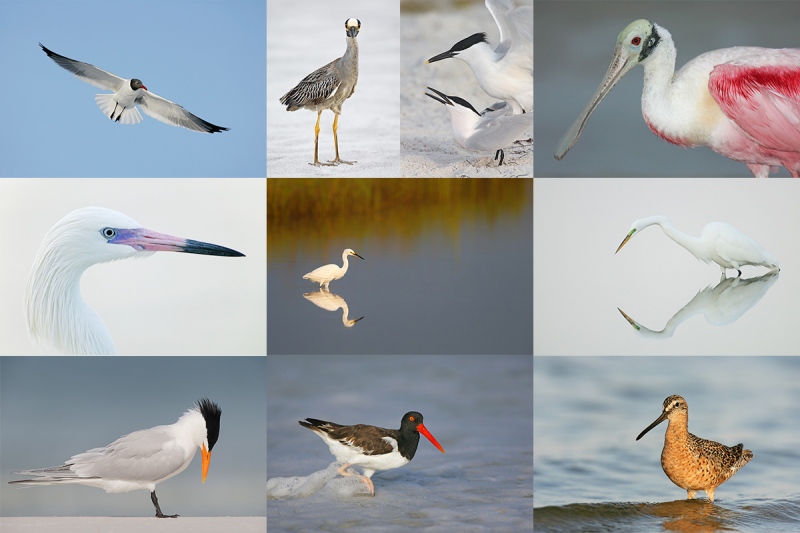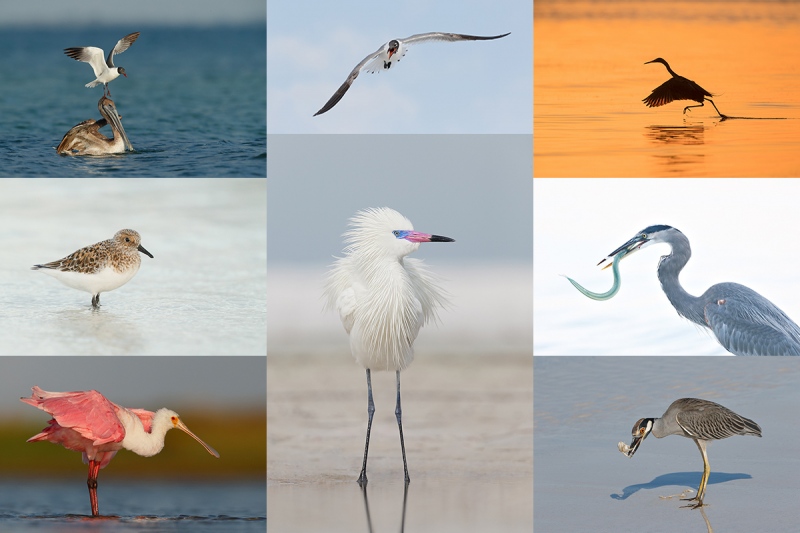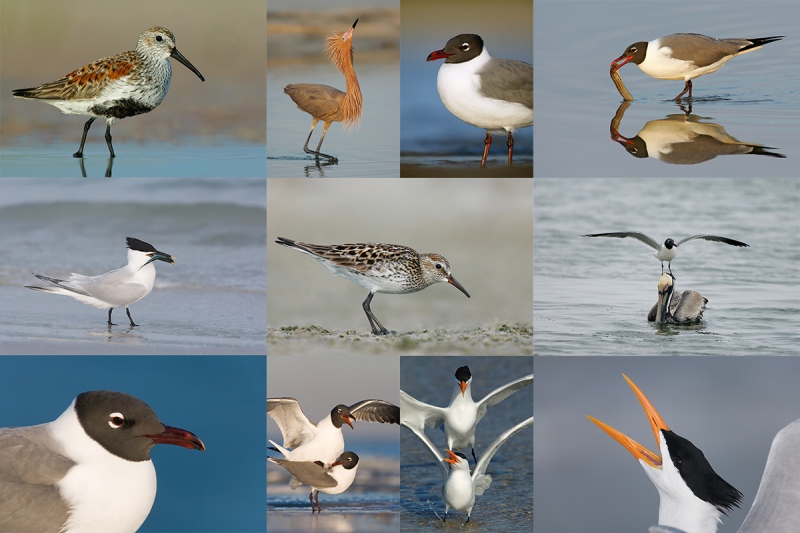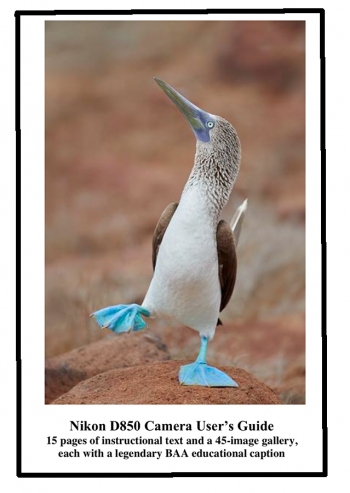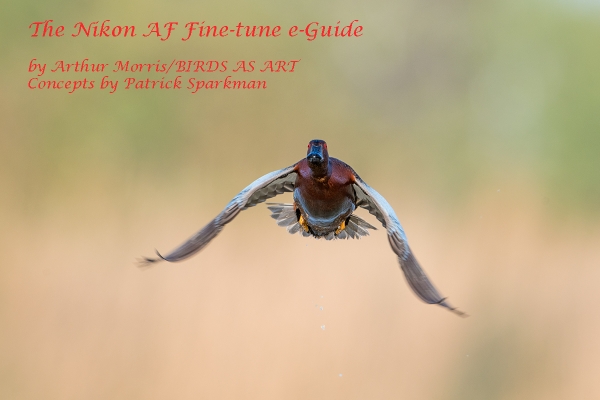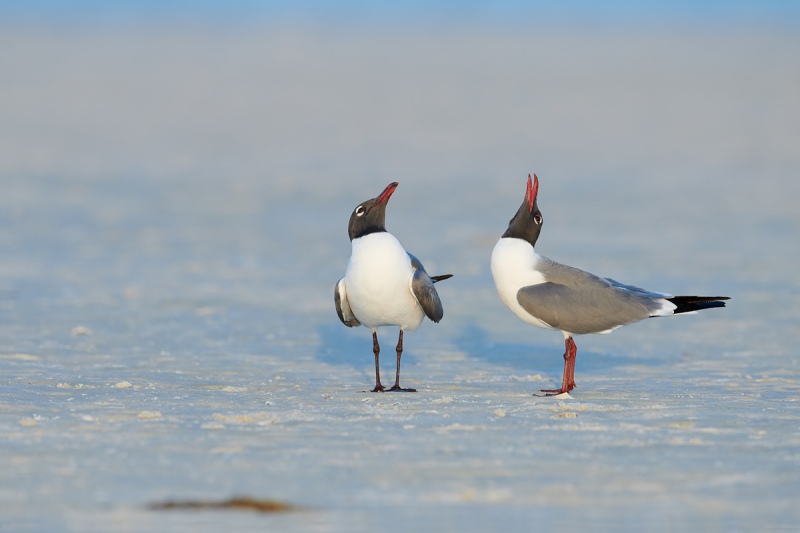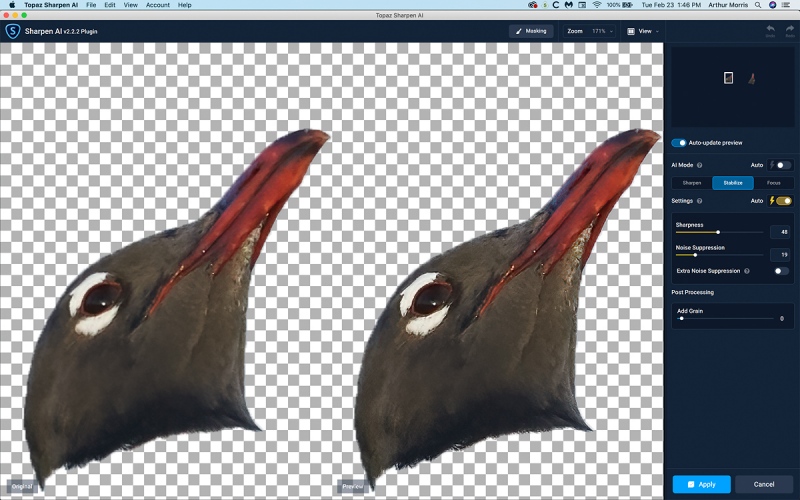Image Perspective Question
Why would today’s featured image have been twenty times better if I had gotten down on my belly?
|
|
|
All of the images were created at Fort DeSoto in April or early May. Click on the card to enjoy a larger version.
Fort DeSotoIPT card A
|
Fort DeSoto Spring IPT #1
Fort DeSoto Spring IPT #1. 3 1/2 DAYS. SAT 10 APR thru the morning session on TEUS 13 APR 2021. $1499 includes three lunches. Limit: 6. Openings.
While DeSoto is one of the rare photo hotspots with the potential to be great any day of the year, it absolutely shines in spring. Many of the wading birds and shorebirds are in full breeding plumage. The terns and gulls are courting and copulating. We will have lots of flight photography opportunities. Did I mention that many of the birds are silly tame?
A $499 deposit is required to hold your spot for this IPT. You can send a check (made out to “BIRDS AS ART) to us here: BIRDS AS ART, PO Box 7245, Indian Lake Estates, FL, 3385, or call Jim or Jennifer at the office with a credit card at 863-692-0906. Your balance, payable only by check, is due immediately after you sign up. If you have any questions, please feel free to contact me via e-mail. If you cancel due to COVID 19 concerns, all of your payments will be refunded.
|
|
|
All of the images were created at Fort DeSoto in April or early May. Click on the card to enjoy a larger version.
Fort DeSoto IPT card B
|
Fort DeSoto Spring IPT #2
Fort DeSoto Spring IPT #2. 3 1/2 DAYS. MON 26 APR thru the morning session on THURS 29 APR 2021. $1499 includes three lunches. Limit: 6. Openings.
Not only am I conversant in all three major camera systems used in the US — Nikon, Canon, and SONY (sorry Andy Rouse …), I have used all three within the past four years. Those include both SONY and Canon mirrorless. On both of these IPTs you will learn how to get the best exposure, how to get the most out of your AF system, and how to get close to free and wild birds. And tons more.
A $499 deposit is required to hold your spot for this IPT. You can send a check (made out to “BIRDS AS ART) to us here: BIRDS AS ART, PO Box 7245, Indian Lake Estates, FL, 3385, or call Jim or Jennifer at the office with a credit card at 863-692-0906. Your balance, payable only by check, is due immediately after you sign up. If you have any questions, please feel free to contact me via e-mail. If you cancel due to COVID 19 concerns, all of your payments will be refunded.
|
|
|
All of the images were created at Fort DeSoto in April or early May. Click on the card to enjoy a larger version.
Fort DeSoto IPT card C
|
Fort DeSoto Spring IPTs Expected Species
With any luck, we should get to photograph the following species: Laughing, Ring-billed, Herring, and Lesser Black-backed Gull; Royal, Sandwich, and Forster’s Tern: Great, Snowy, and white and dark morph Reddish Egret and Great Blue, Little Blue, and Tricolored Heron; Yellow-crowned Night-Heron, Wood Stork, Roseate Spoonbill, and Brown Pelican. We will see and photograph lots of shorebirds including American Oystercatcher, Black-bellied, Wilson’s, Semipalmated, Snowy, and Piping Plover, Marbled Godwit, Willet, Dunlin, Red Knot, Sanderling, and Western and possibly White-rumped Sandpiper.
Sign up for both IPTs and enjoy a $200 discount. Most of us will be staying in nearby Gulfport.
What’s Up?
Photography on Tuesday morning was better than expected with the sunny/northwest wind conditions. I was glad to see that both crane families are doing well. Both eagles were at the nest tree with the female on the nest (but not incubating). My favorite image from the early session was a small-in-the-frame frame of the two small crane chicks accented by yellow tickseed flowers.
I got a ton of work done on the Canon R5 Camera User’s Guide. Aside from creating the image gallery, I am very close to being done. I will be sending out a few review copies within a day or two and should have it available in the BAA Online Store by Monday afternoon. Huge thanks to Canon tech rep Rudy Winston for his phone help yesterday!
I thought that sunset was a bit disappointing despite the almost perfect conditions but a quick glance at the images revealed a few very good ones!
Today is Wednesday 24 February 2021. The forecast for Lakeland is partly cloudy with east/northeast winds. I will be leaving soon to photograph in the pre-dawn at Circle B Bar Preserve and then packing up and heading to the American White Pelican spot in Lakeland.
This blog post took about 1 1/2 hours to prepare and makes sixty-six days in a row with a new one. Please remember …
Please Remember
With income from IPTs now at zero, please, if you enjoy and learn from the blog, remember to use one of my two affiliate programs when purchasing new gear. Doing so just might make it possible for me to avoid having to try to get a job as a Walmart greeter and will not cost you a single penny more. And if you use Bedfords and remember to enter the BIRDSASART code at checkout, you will save 3% on every order and enjoy free second-day air shipping. In these crazy times — I am out at least forty to sixty thousand dollars so far due to COVID 19 (with lots more to come) — remembering to use my B&H link or to shop at Bedfords will help me out a ton and be greatly appreciated. Overseas folks who cannot order from the US because of import fees, duties, and taxes, are invited to help out by clicking here to leave a blog thank you gift if they see fit.
The BAA Used Gear Page
The Used Gear page continues to be very active. The BAA Used Gear Page is the place to sell your used photographic equipment. We will help you to get your gear sold quickly for 20 to 60% or more than what the big guys are offering … Doubt me? Check out the Recent Sales list for the past eleven months at the bottom of the page.
Recent Sales
Ted Keltz sold his Tamron SP 150-600 F/5-6.3 Di VC USD for Canon EF in like-new condition for the bargain price of $399.00 and a Canon EF 24-105 f/4L IS lens in excellent condition for $249.00 in mid-February 2021 just a few days after they were listed.
Craig Mossey sold his SONY a7r iv in near-mint condition for a very low $2198.00 (was $2398.00) in mid-February 2021.
IPT veteran Mike Ross sold his Sony a9ii mirrorless digital camera body in like-new condition for a BAA record-low $3197.00, a Sony a9 mirrorless digital camera body in like-new condition with only 341 shutter actuations for a BAA record-low $1900.00 (was $1996.00), a Sony a7r iii mirrorless digital camera body in like-new condition for $1498.00, a Canon EF 400mm f/4 DO IS II USM lens in like-new condition for $3898.00, and a Canon Extender EF 1.4X iii in like-new condition for a very low $219.00 all within days of their being listed.
Craig Mossey sold his SONY A9 body in excellent condition with 4304 shutter actuations for $1998.00 (was $2,198.00) in early February 2021.
BAA-friend Robert Kimbrell sold his Sony a7r IV Mirrorless Digital camera body in like-new condition for the ridiculously low price of $1948.00 (was $2198.00) inn early February 2021.
Chuck Carlson sold his Canon EOS 5D Mark IV body in excellent condition for the BAA record-low price of $1249.00, a BG-E20 Battery Grip for the EOS 5D Mark IV in new condition for $149.00, a Canon EF 100-400mm f/4.5-5.6L IS II USM lens in excellent condition for a BAA record-low $1299.00, a Canon EF 24-70 f2.8L II USM lens in near-mint condition for the BAA record-low price of $799.00, and a Canon Extender EF 1.4X iii in excellent condition for a very low $219.00, all within one day of their being listed in early February.
BAA-friend and multiple IPT veteran Bill Schneider sold his Sony a9 ii Mirrorless Digital camera body in like-new condition for the very low price of $3198.00 (was $3498.00) in early February 2021.
BAA-friend and multiple IPT veteran William Schneider sold his Sony a7r IV Mirrorless Digital camera body in like-new condition for the very low price of $2598.00 one hour after it was listed in late January.
BAA-friend Craig Elson sold his Sony a9 ii Mirrorless Digital camera body in like-new condition for the very low price of $3198.00 two hours after it was listed in late January 2021.
Arthur Morris sold his Sony a7r IV Mirrorless Digital camera body in excellent-plus condition for the BAA record-low price of $2098.00 (was $2498.00) after three price reductions in late January 2021.
Joe Randle (finally) sold his EOS 1D-X camera body in excellent condition for only $1,000.00 (was $2,199.00) in mid-January 2021.
Tom Mast sold his Canon EF 300mm f2.8L IS II USM lens in like-new condition for a very low $3399.00 the first day it was listed in January 2021.
New Listings
Canon EOS 7D Mark II with extras
Good friend and many multiple IPT veteran Monte Brown is offering a Canon EOS 7D Mark II in excellent plus condition with several extras for a very low $675.00. The sale includes the Canon Battery Grip BG-E16, two Canon batteries, a 32 GB Delkin CF card, the original box, the cables and software and manuals, the battery charger, the front body cap, and insured ground shipping via UPS to lower-48 US addresses only.
Please contact Monte via e-mail.
Both Patrick Sparkman and I used and loved the 7D Mark II until about four years ago when we both committed — at the time — to using full-frame Canon bodies. We both made some truly great images with it. Two of my three 2016 Nature’s Best honored entries were created with the 7D II, one still, and one video. One thing is for sure: the 7D Mark II is the greatest value ever in a digital camera body. artie
Canon EF 100-400mm f/4.5-5.6L IS II USM Lens (with LensCoat)
Good friend and many multiple IPT veteran Monte Brown is offering a Canon EF 100-400mm f/4.5-5.6L IS II USM Lens in excellent plus to near mint condition for a very low $1349.00. The sale includes a LensCoat, the original box, the tough fabric lens case, the front lens cap, the rear cap, and insured ground shipping via UPS to lower-48 US addresses only.
Please contact Monte via e-mail.
This incredibly versatile zoom lens — with its amazing .98 meter close focus — was my favorite Canon telephoto zoom lens ever. By far. It is great for tight portraits, birds in flight, quasi-macro stuff, and lots more. It sells new for $2399.00 so you can save some hard cash by grabbing Monte’s lens now. artie
Selected Listings
Sony FE 400mm f2.8 GM OSS Lens (with Extras)
IPT veteran Mike Ross is offering a Sony FE 400mm f2.8 GM OSS lens in like-new condition for $9998.00. The sale includes the lens trunk, the original box and everything that came in it, a LensCoat, a Wimberly replacement foot, and insured UPS ground shipping to lower-48 US addresses. Your new lens will not ship until payment clears unless other arrangements are made.
Please contact Mike via e-mail.
Patrick Sparkman owned and use this super-fast, super-sharp lens and rues the day he sold it. It produces the world’s sweetest background, is extremely close focusing, and kills with either teleconverter. This great lens sells new for $11,998.00 so you can save $2000.00 by being the one to grab Mike’s pretty much new lens. artie
Sony FE 100-400mm f/4.5-5.6 GM OSS Lens
IPT veteran Mike Ross is offering a Sony FE 100-400mm f/4.5-5.6 GM OSS lens in like-new condition for $1898.00. The sale includes the original box and everything that came in it and insured UPS ground shipping to lower-48 US addresses. Your lens will not ship until payment clears unless other arrangements are made.
Please contact Mike via e-mail.
This lens was my primary lens on that last Galapagos Photo-Cruise. It performed fabulously on boobies, Flightless Cormorants, Waved Albatrosses, tortoises, iguanas, Sally Lightfoot Crabs, and anything I pointed it at. It focuses to just over three feet making it great for medium-sized flowers, snakes, frogs, and turtles. A new one sells for $2,398.00. You can save a very nice $500.00 by grabbing Mike’s copy. artie
Sony Alpha a7r IV Mirrorless Digital Camera Body
Price Reduced $200 on 2 FEB 2021
Price Reduced $150 on 11 FEB 2021
BAA-friend Craig Elson is offering a Sony a7r IV Mirrorless Digital camera body in like-new condition for the very low price of $2048.00 (was $2398.00). The body had a glass LCD protector on it from the moment it was taken out of the box. The sale includes the original box and everything that came in it and insured UPS ground shipping to lower-48 US addresses. Your new camera will not ship until payment clears unless other arrangements are made.
Please contact Craig via e-mail or by phone at 1-704.904.7953 (Pacific time zone).
For the past two years you have seen the incredible detail in my a7r IV images made with a variety of SONY lenses and both teleconverters. I’ve typically used my 7r IV for about 50% of my bird photography and my a9 II in pure flight situations. As the 7r IV sells new right now for $2998.00, you can save a cool $950.00 by grabbing Craig’s pretty much new a7r iv. Though this 61-MP body is especially attractive to landscape and macro photographers, it is great for birds as well as you can pretty much crop to your heart’s content. artie
Canon 300mm f/4L IS USM Lens
Art Leyenberger is offering a Canon 300mm f/4L IS USM lens in mint condition the very low price of $699.00. The sale includes the original box, the front and rear lens caps, the lens case and strap, and insured ground shipping via major courier to lower-48 US addresses only. Your item will not ship until your check clears unless other arrangements are made.
Please contact Art via e-mail.
When I shot Canon, I loved my 300 f/4L IS lens. With its 4.92′ (1.5 meter) minimum focusing distance and impressive 0.24X magnification, it was great for large flowers, dragonflies, butterflies, and frogs. With or without the 1.4X TC it makes a great starter lens for any bird photographer. It does very well on birds in flight and in action. I preferred it to my old toy lens, the 400mm f/5.6L lens as it offered Image Stabilization and greater reach at f/5.6 with the 1.4X TC. This lens is still in production and sells new for $1349.00. artie
|
|
Nikon D850 Users e-Guide & Video
Purchase here.
|
Nikon D850 Users e-Guide & Video
$50 via download
This great guide includes 15 pages of text, a 46-image gallery, and a comprehensive camera handling video.
The text covers all of the menu item settings that I used on my two D850 bodies and each gallery image has a legendary BIRDS AS ART educational caption. The emphasis is two-fold:
1- getting your camera set-up so that it is optimized for bird photography.
2- sharing everything that I know about the Nikon AF system so that you can create consistently sharp images of static subjects, and most especially, of birds in flight and in action.
Though this guide is designed for the D850 nearly all of it applies to the D5 and to the D500 as well. You can purchase your copy in the BAA On-line Store here. Both files are large so you will need a good internet connection to download them.
|
|
The Nikon AF Fine-tune e-Guide
Please click here to purchase.
|
The Nikon AF Fine-tune e-Guide: $30.00 (or free to some–see below for details on that).
by Arthur Morris/BIRDS AS ART and Patrick Sparkman
There is lots of misinformation out there on the Nikon Automatic AF Fine-tune feature. Much of that involves vast over-simplifications. Patrick Sparkman and I developed a way of using the Automatic Fine-tune feature effectively with the D5, D500, the D7500, and the D850. Patrick, however, was on a roll and perfected a method for using the Focus Peaking feature available only on the D850 to quickly and accurately micro-adjust all lenses and TC-Es with your D-850. If you own a D850 you should be using D850 Focus Peaking AF Fine-tune rather than Nikon Automatic AF Fine-tune. It is faster and easier and more accurate. While there is some halfway decent info online with regards to Nikon Automatic Fine-tune feature, I have never seen a word about using the amazing D850 Focus Peaking capabilities to determine an accurate AF Fine-tune value. You can thank Patrick Sparkman for rectifying that situation.
With both Nikon Automatic AF Fine-tune and D850 Focus Peaking AF Fine-tune, the use of a LensAlign Mark II unit is recommended as best by far for accurate results and thus, this guide is written reflecting that. Taping a sheet of newsprint on a wall or using the FoCal kit does not assure you of the True Parallel Alignment (TPA) that is guaranteed when you set up your LensAlign properly. Without TPA your results will be off anywhere from a little to a lot. You can purchase the LensAlign Mark II alone here. Or you can purchase the LensAlign/FocusTune combo here. If you do not own either of those we suggest that you decide which to purchase after reading this guide through once. That said, we recommend the LensAlign/FocusTune combo for reasons that will become obvious as you make your way though the guide.
Do understand that much of the set-up information included in the Nikon AF Fine-tune e-Guide is by necessity a duplication of information included in The LensAlign/FocusTune Micro-Adjusting Tutorial e-Guide.
Please click here to purchase.
The Under-Appreciated Laughing Gull
Laughing Gull is common along Gulf and eastern US coasts. In breeding plumage, it is an absolutely gorgeous bird with its jet-black hood, white eye-crescents, gleaming white breasts, and wine-red soft parts colors. It is greatly under-appreciated by both birders and photographers. But never by me. On both DeSoto IPTs we will expect to photograph Laughing Gulls engaged in a variety of courtship behaviors including drooped-wing-displays, mate-feeding, and head throwing. Those often result in either copulatory stands or copulation. Throw in the same behaviors from the equally spectacular Royal and Sandwich Terns and you have quite a show.
|
|
|
Click on the image to see the vastly improved sharpness.
Topaz Sharpen AI on the Laughing Gulls courting image
|
Topaz Sharpen AI/Stabilize
After converting this image in Capture One, I ran Topaz DeNoise AI on DeNoise (Auto). Then I used the Quick Selection Tool to select both heads and place them on a layer. The plug-in chose Stabilize and did a superb job of sharpening the heads. I use Sharpen AI only rarely but when it is needed, it does the job in spades!
Great Topaz News!
Folks who use the BAA Topaz link to purchase Sharpen AI, DeNoise AI, or the Utility Bundle (or any other Topaz plug-ins) will receive a 15% discount by entering the ARTHUR15 code at checkout. If the stuff is on sale (as it usually is), you save 15% off of the sale price! To get the discount you must use my link and you must enter the discount code. Be sure to start with this link.
Those who purchase Sharpen AI, DeNoise AI, or any other Topaz plug-ins using my link and then entering the ARTHUR15 code at checkout can e-mail to request a short Getting Started with Topaz e-Guide. Please include a copy of your Topaz receipt that shows the discount. Aside from the basics, the guide explains how to install the plug-ins so that they appear in the Photoshop Filter Menu.
Typos
In all blog posts and Bulletins, feel free to e-mail or to leave a comment regarding any typos or errors.





